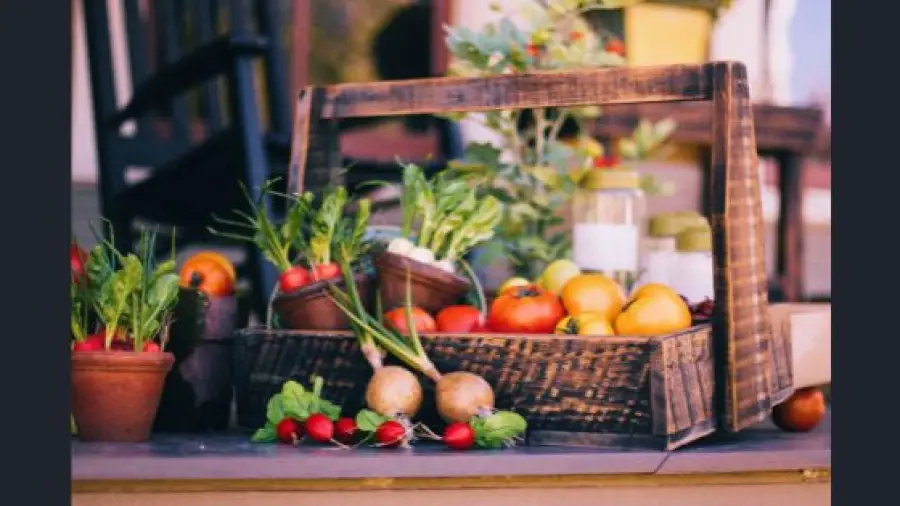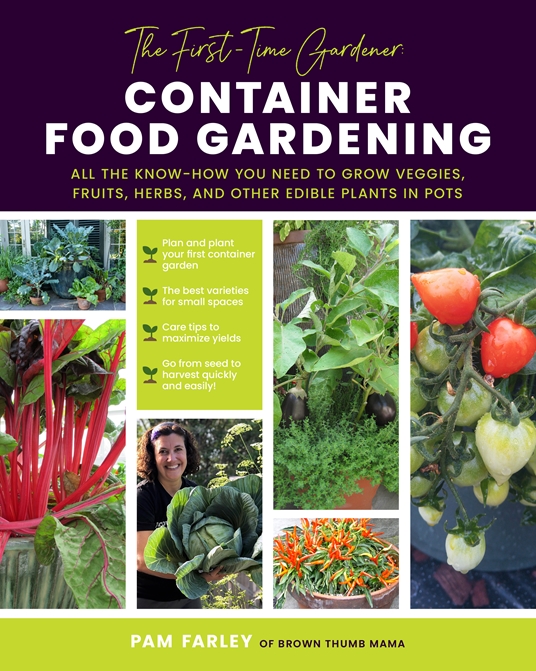Balcony gardening allows you to grow a variety of vegetables in limited space. Choose plants that thrive in containers and consider sunlight exposure.
Balcony gardening offers the joys of growing your own food without the need for a traditional garden space. With the rise of urban living, cultivating vegetables on your balcony has become a practical and enjoyable pursuit. It’s important to select the right containers and soil mix to ensure your vegetable plants have a healthy foundation.
Balcony Gardening Vegetables: Opt for vegetables that are known to perform well in pots, such as tomatoes, peppers, leafy greens, and herbs. Ample sunlight is crucial, so arrange your pots to maximize light exposure. Regular watering and fertilization will keep your plants vibrant, but beware of overwatering, which can be just as detrimental as drought. By embracing vertical gardening techniques, you can maximize yield even in the smallest of spaces. With these considerations in mind, balcony gardening can provide fresh, home-grown vegetables throughout the growing season.
Table of Contents
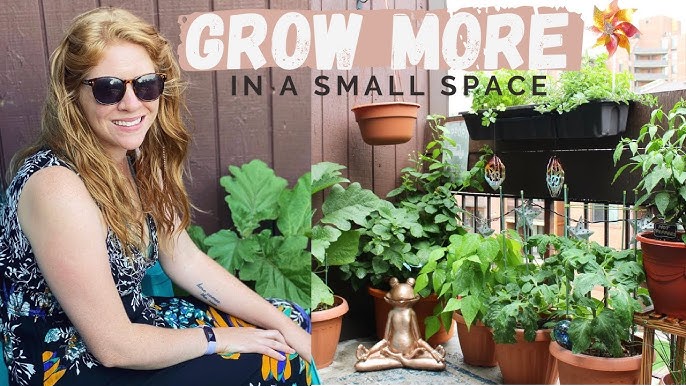
Credit: m.youtube.com
The Lure Of Balcony Vegetable Gardening
Balcony gardening allows city dwellers to enjoy homegrown vegetables. Even with limited space, a variety of veggies can thrive. Tomatoes, peppers, and herbs are perfect for balcony environments. By using containers and vertical garden techniques, a small area becomes an efficient food-producing space. With simple tools and basic maintenance, you can harvest fresh veggies. This approach to gardening is a key part of the urban green movement. Embracing it contributes to better air quality and a healthier urban lifestyle. Transform your balcony into a mini vegetable oasis today!
Choosing Vegetables For Your Balcony
Choosing the right vegetables for your balcony garden is crucial. Space is often limited, so it’s important to think smart about what you grow. Small pots are perfect for herbs like basil and chives, which don’t need much room. For those with a little more space, tomatoes and strawberries can thrive.
Opt for compact varieties such as bush beans and dwarf peppers that don’t sprawl. Certain vegetables like lettuce and radishes are quick to harvest, giving you more yield in a short time. Vertical planters can maximize your growing area for climbers like peas and cucumbers. Remember to choose plants based on sunlight availability and container size for best results.
Maximizing Space With Smart Design
Smart design transforms your small balcony into a lush vegetable garden. Vertical gardening tactics allow you to grow more in less space. By stacking pots or using trellises, you can grow upwards. This method is perfect for crops like tomatoes, beans, and cucumbers.
Exploring container options is key to a successful balcony garden. Innovative containers like hanging baskets and railing planters make the most of limited space. These options provide extra room for plants to thrive without crowding the balcony floor.
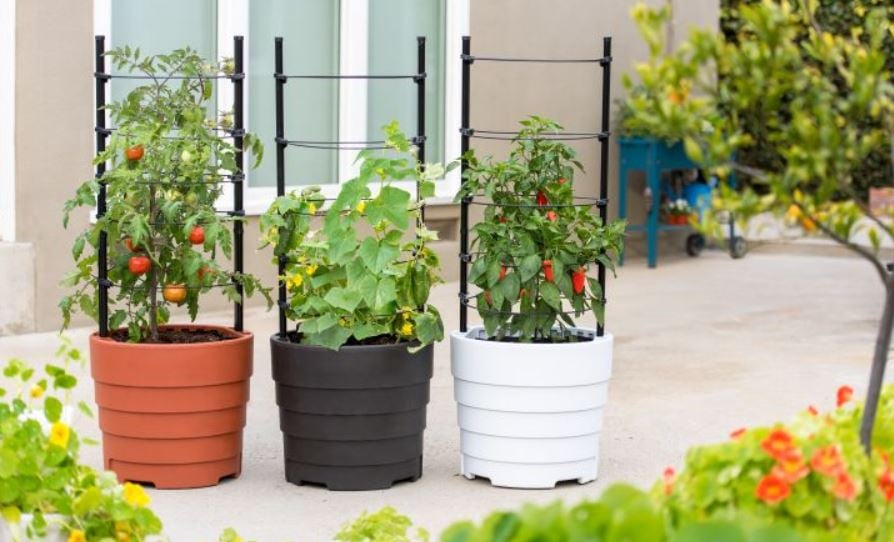
Credit: www.gardeners.com
Soil And Fertilizer Fundamentals
Mixing the perfect soil is key for balcony gardening success. Vegetable plants need the proper nutrients to grow. Start with a good quality potting mix, rich in organic matter.
Organic fertilizers, like compost or manure, are great. They release nutrients slowly. Synthetic fertilizers give quick nutrient boosts. But, they can harm the environment.
| Soil Component | Organic Fertilizer | Synthetic Fertilizer |
|---|---|---|
| Nutrient Release | Slow and steady | Fast and intense |
| Environment Impact | Low | Potentially high |
| Soil Health | Improves over time | May degrade with overuse |
Watering Systems For Balcony Gardens
Efficient irrigation techniques are key for healthy balcony gardening vegetables. Self-watering planters offer a great solution. They use reservoirs to store water. This way, plants get water when they need it. This method reduces the hassle of daily watering. It also helps in saving water.
These planters can be a DIY project or bought ready-made. They can vary in size. This depends on the type of vegetables you want to grow. Tomatoes need bigger planters than herbs, for example.
- Check water levels weekly to ensure plants have enough.
- Use quality soil that retains moisture well.
- Adjust the water based on the season and plant type.
Sunlight And Shade Management
Understanding the light needs of your plants is key for balcony gardening. Vegetable plants need the right balance of sunlight and shade for optimal growth. Group plants with similar light requirements together to make the best use of your space.
To create microclimates, use items like trellises or taller plants to provide shade. This strategy helps in managing the sunlight that reaches your different vegetable varieties. Considering the position of the sun during the day will aid in deciding where to place your plants for adequate sunlight exposure.
| Plant Type | Sunlight Needs | Shading Method |
|---|---|---|
| Leafy Greens | Partial Shade | Use Taller Plants |
| Fruiting Vegetables | Full Sun | Open Space or Top Tier |
| Root Vegetables | Mixed Sun | Plant in Rows |
Pest Control In Confined Spaces
Organic Pest Management Strategies help keep bugs away. Use neem oil to fight pests. Spray neem oil on plants every week. Neem is safe for both plants and humans.
Make garlic or chili spray at home. Blend garlic or chilies with water. Spray this mix on your balcony vegetables. It stops bugs from eating your plants.
Grow companion plants like marigolds. Marigolds look nice and scare pests away. They protect vegetables by keeping bugs away. Some herbs also help. Plant basil or mint to guard against insects.
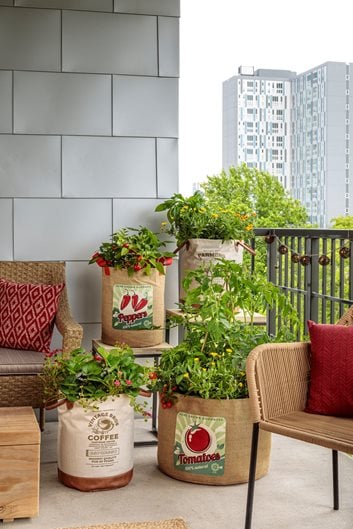
Credit: www.gardendesign.com
Harvesting Your Balcony Bounty
Timing for peak freshness in balcony gardening vegetables is key. Pick your veggies when they’re ripe for the best taste. Check for bright colors and firm texture.
For tomatoes, wait until they’re red on the vine. Lettuce peaks when leaves are full and green.
Post-harvest handling matters too. Rinse your veggies under cool water. Dry them gently with a towel. Store most vegetables in your fridge. Some, like tomatoes, are best kept at room temperature.
Winter Balcony Gardening Tips
To extend your balcony vegetable garden into the cooler months, consider season extension techniques. Insulating plants with burlap or fleece can shield them from frost.
Cold frames and cloches also offer extra warmth and protection. Utilizing these methods can help your veggies thrive despite chilly temperatures.
Select vegetables that naturally endure cold spells for a robust winter balcony garden. Spinach, kale, and Swiss chard withstand frost. Also, root vegetables like carrots and beets can handle cooler weather. Choosing these plants ensures a bountiful harvest throughout the winter.
Community And Social Benefits
Balcony gardening vegetables brings people together. Gardeners often share their plentiful crops with friends. Neighbors get to enjoy fresh produce too.
Sharing the Harvest isn’t just about the food. It’s about forming connections and spreading joy.
Meeting others who love plants is exciting. Connecting with other Urban Gardeners creates a community. They swap tips and support each other.
- Trade vegetables and enjoy a variety of flavors.
- Learn and grow together as gardening pals.
- Community events can start from small balcony spaces.
Frequently Asked Questions For Balcony Gardening Vegetables
What Veggies Can You Grow On Your Balcony?
You can grow a variety of vegetables on your balcony including lettuce, tomatoes, peppers, radishes, and herbs like basil and parsley. Opt for containers or hanging pots to maximize space.
What Vegetables Are Good For Terrace Garden?
Tomatoes, bell peppers, cucumbers, leafy greens, and herbs thrive in terrace gardens. These vegetables are well-suited for container growing and require minimal space.
Can I Start A Garden On My Balcony?
Yes, you can start a garden on your balcony. Choose appropriate-sized containers and plants suited for the space and lighting conditions. Ensure proper drainage and care for your balcony garden to thrive.
What Vegetables Can I Grow On My Porch?
You can grow various vegetables on your porch, including tomatoes, lettuce, peppers, radishes, and herbs. Choose containers suitable for the plant size and ensure adequate sunlight.
Conclusion
Embracing balcony gardening starts a journey of color, flavor, and vitality right outside your door. Growing vegetables in your own private nook brings freshness to your plate and beauty to your home. Remember, a splash of sunlight, regular watering, and a dash of care cultivate a lush mini-farm with rewarding harvests.
Start small, grow what you love, and savor the bounty. Happy gardening!
